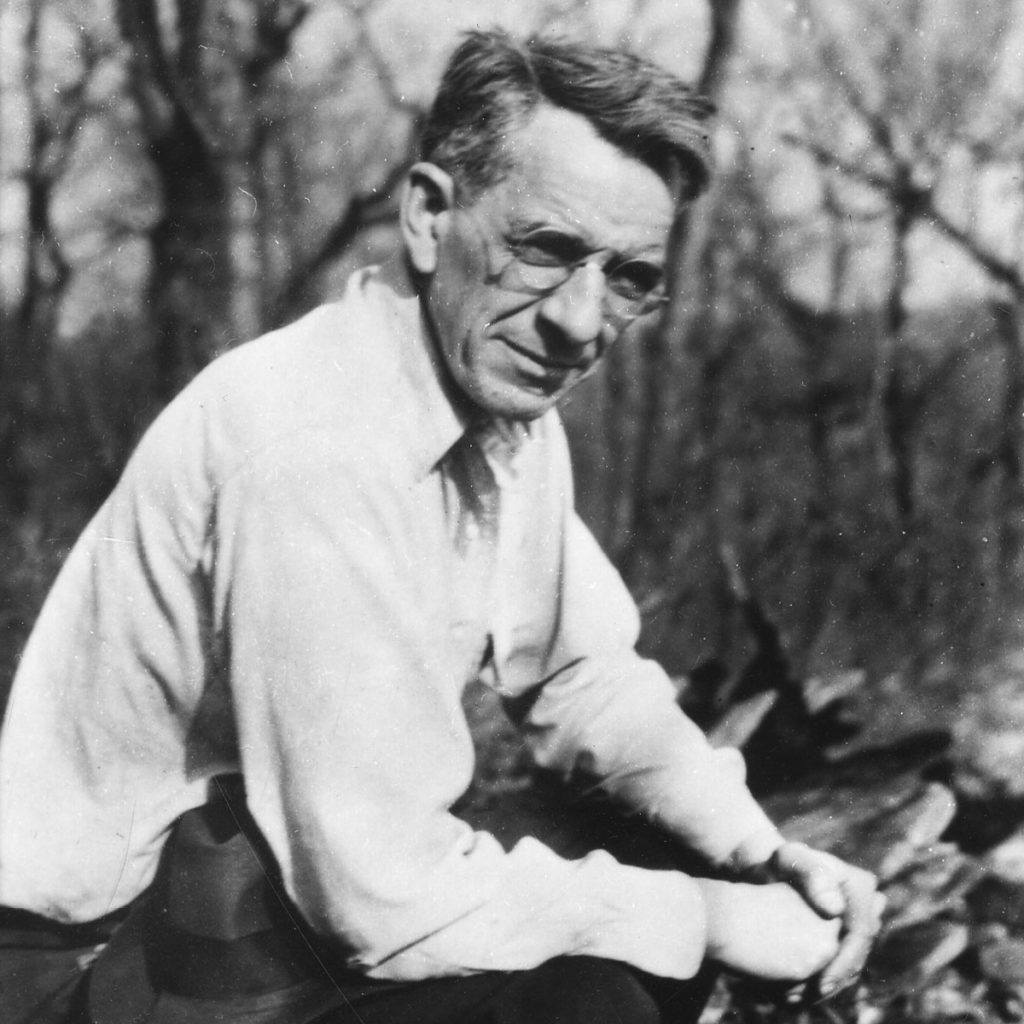Sandra Marra, ATC President & CEO
The Work Ahead
October 15, 2021
We are not done. One hundred years after Benton MacKaye’s publication of “An Appalachian Trail: A Project in Regional Planning,” we are, at best, halfway to realizing the vision he set out in 1921.
This is in no way to detract from what has been accomplished in the last hundred years: A continuous footpath of 2,193 miles flanked by a protective corridor of more than 250,000 acres, home to thousands of plant and animal species, including 2,000 classified as rare, threatened, endangered, and/or sensitive. To the millions who step foot on the treadway each year, the Appalachian Trail represents both physical challenge and spiritual renewal. For the thousands who volunteer to manage and maintain it, the Trail is an accomplishment, a personal legacy, and a place to blend stewardship with camaraderie. In 100 years, we have created an iconic place, steeped in ideals and mythology but grounded in sweat and perseverance.
But, this was not the idea — or at least not the whole idea. MacKaye, while recognizing the broad appeal of a continuous trail that allowed for wilderness recreation, really had a much more ambitious, and (dare we say it!) more revolutionary, concept in mind when he penned his 1921 paper. He wanted to create a sanctuary where humans could find a way out from the stressors and challenges of “urban” life and connect with nature on an individual basis. MacKaye envisioned the footpath as the connective tissue between human and nature, allowing for a much larger and more varied sanctuary that included wilderness, community, and people.
And, therein lies the reason that we are not using this landmark anniversary to simply celebrate what we have accomplished. Instead, we are challenging ourselves and all who support and work on behalf of the Appalachian Trail to fully realize MacKaye’s vision.
Quite frankly, the stakes could not be higher, and the need has never been greater. The societal concerns and environmental impacts that MacKaye addressed in his proposal, while similar, are currently amplified to a level most of us have never imagined. Pandemics, social and environmental injustice, declining economic viability in our rural communities, and global unrest have left most of us in desperate need of respite as well as recreation. Add to this the existential threat of climate change, and it is clear we are facing the once and final opportunity to protect and preserve a landscape that offers not only space for people, but refuge for flora and fauna and the possibility of resiliency and renewal of our forests and water sources.
Along with the environment, people are changing as well. Again, much like in the 1920s, demographics are shifting, disparities are widening, and we are redefining how we live and work, when and where we recreate, and why we volunteer. From adjacent communities to far-flung urban and suburban centers, all have a stake in this next century of work. It is our job to ensure they also have a voice.
So, yes, we are not yet done. Our needs are much greater than the current treadway and corridor. We must look beyond the current protective edge and see how we can expand the sanctuary — not to create pristine wilderness, but instead to nurture and allow for a vibrant and accessible landscape that allows for the health and well-being of human and nature. A landscape that supports flora and fauna as well as the economic needs of communities. A landscape where all who step foot on it are welcomed and safe. A landscape on which we balance our personal needs and experiences with our responsibility of stewardship.
A landscape broad enough that we all have room to breathe.
Sandra Marra / President & CEO

This article was originally published in our Fall 2021 issue of A.T. Journeys, the official membership magazine of the Appalachian Trail Conservancy.

